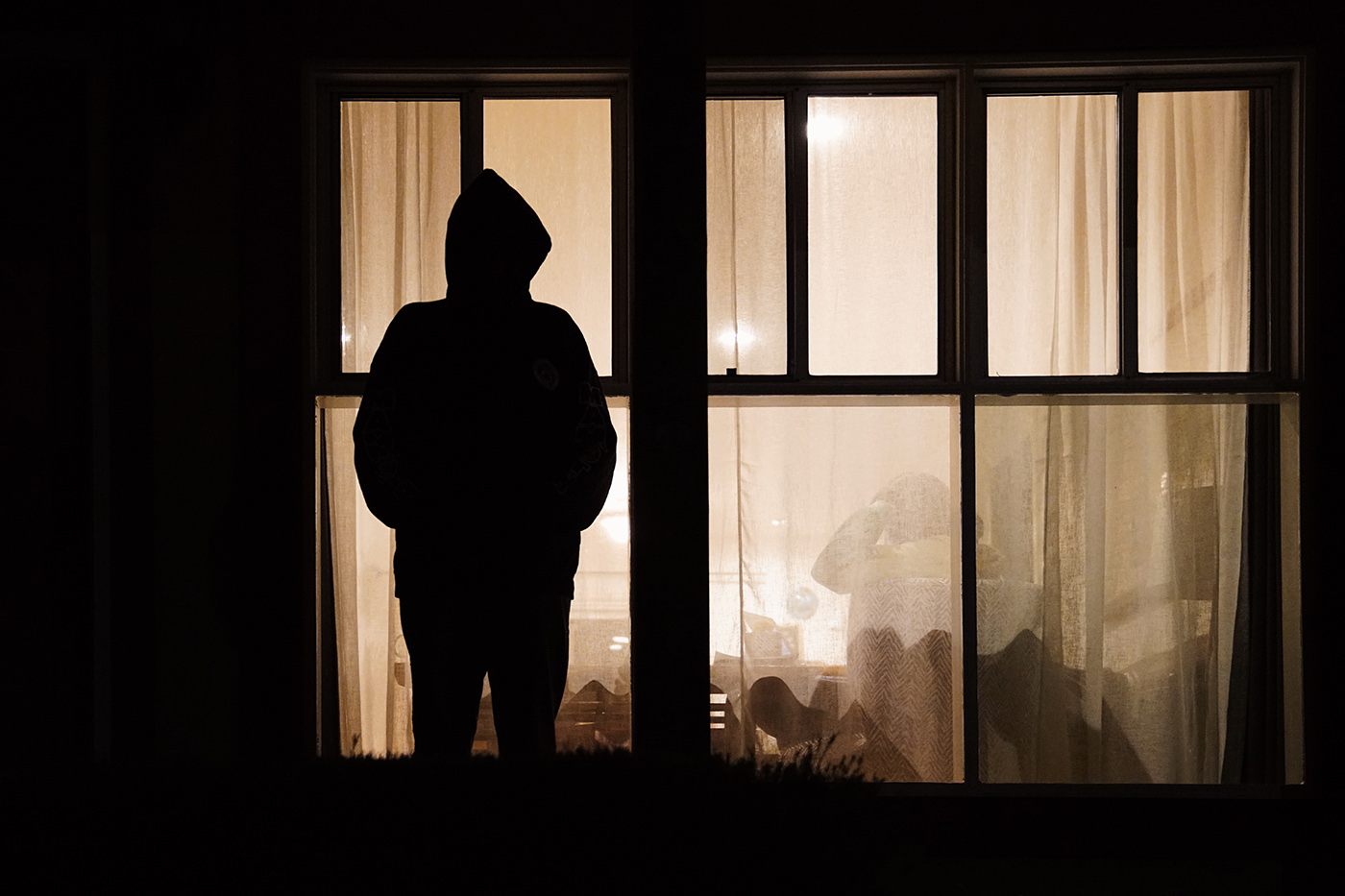

It can be in person and it can be online. In reality, stalking can take a wide range of forms, but generally involves a person repeatedly contacting, harassing or spying on you or showing you unwanted attention that causes fear or distress. Sources: WIRE Women in NSW 2018 report.Aboriginal females were the reported victim of a domestic violence-related stalking or intimidation incident at 3.4 times the rate of non-Aboriginal females.The majority of victims of domestic violence-related stalking and intimidation are aged 20 to 29.Stalkers are generally known to the victim - and very often it's an ex-partner.Women make up 75 per cent of stalking victims in Australia, while 80 to 85 per cent of stalkers are male.One in five Australian women have experienced stalking in their lifetime.
#No stalker memes series
Maybe you think of stalkers as strangers lurking in the shadows, peeping through the window like Joe Goldberg in the popular TV series You, or following and threatening loved ones like the real life subject of the Dirty John podcast and TV show, John Meehan.

In the middle of that overwhelming mix of emotions, it can be difficult to know what steps to take to keep safe if you think you might have a stalker on your hands.ĪBC Everyday spoke to a few experts about what stalking really looks like - and what to do if you think you might be a target. Stalking can cause fear, stress, confusion, anger, a sense of helplessness and isolation, self-blame and self-doubt.

#No stalker memes how to
You notice your social media passwords keep changing, and you're pretty sure your controlling boyfriend is reading your private messages.Īny of these situations could be signs of stalking - but many of us don't know how to spot stalking when we see it, or what to do if we find ourselves a target. An obsessed ex-boyfriend keeps 'coincidentally' turning up at the places you like to go.Ī former colleague starts impersonating you online or sending you unwanted gifts.


 0 kommentar(er)
0 kommentar(er)
